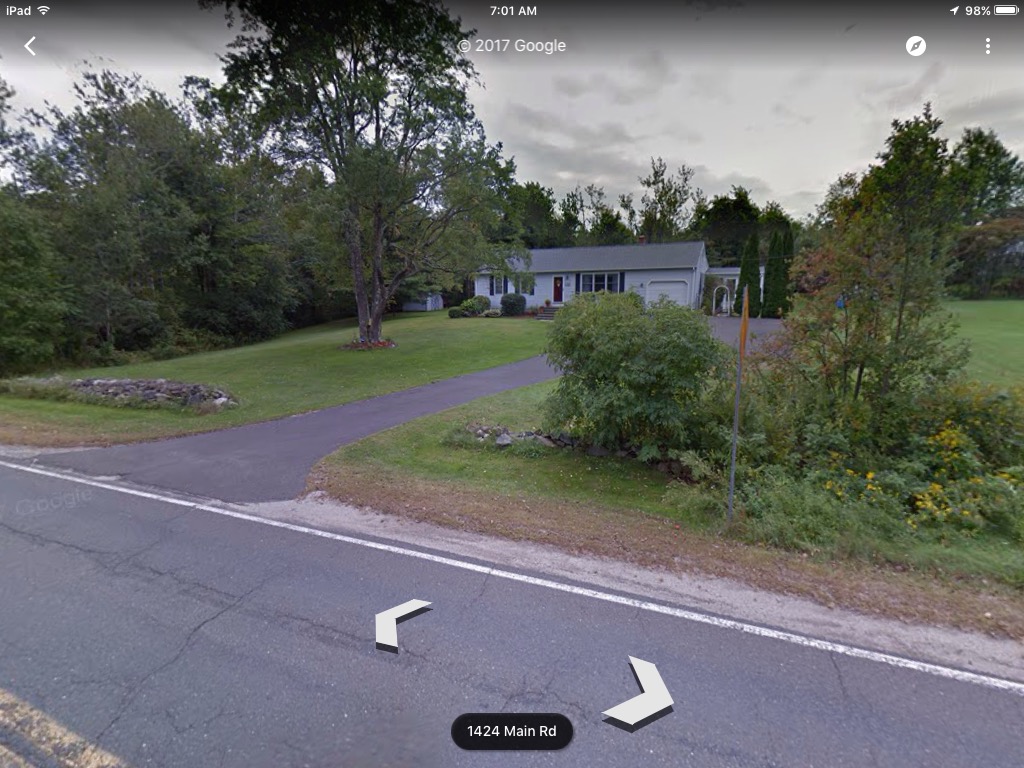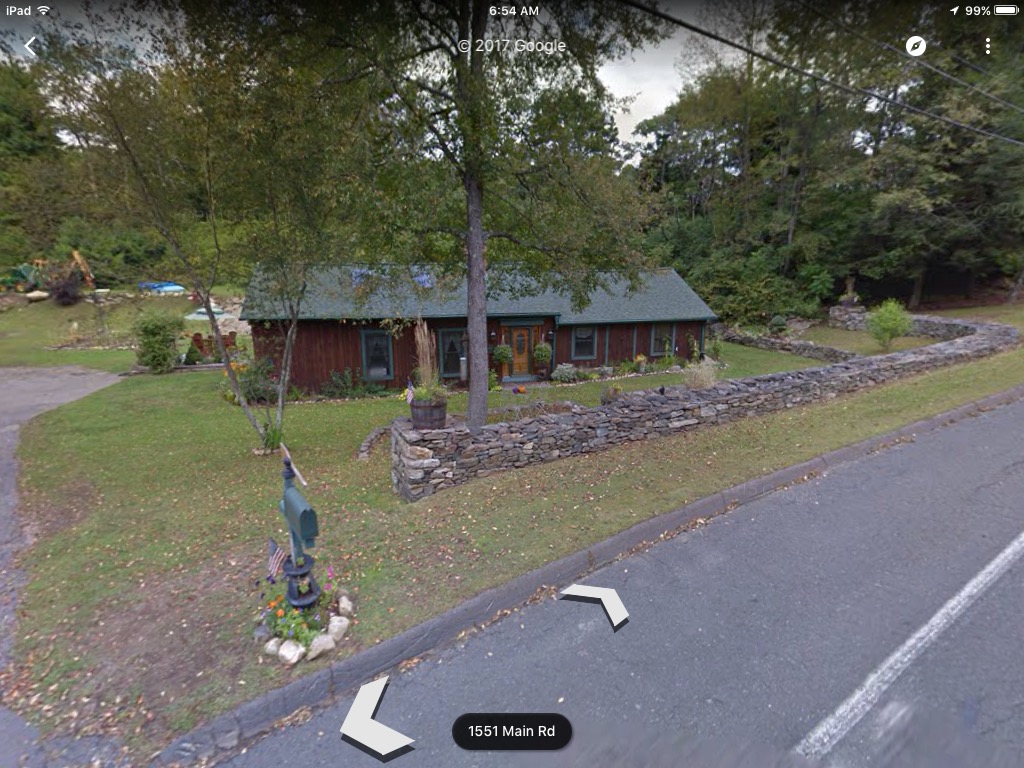The Hills are Alive ('cause the Cities Subsidize Them)
Steven Shultis is a founding member of Strong Towns and blogs at Rational Urbanism. The following essay is republished from his blog with permission.
I took a ride through Berkshire, Litchfield, and Putnam counties in Massachusetts, Connecticut and New York, respectively, on the way to a family get together last weekend. As it was a holiday, we decided to avoid the interstates. The trip was breathtakingly beautiful, but more importantly, it shed light on some of the problems people are having when it comes to understanding our predicaments in the United States.
Leaving downtown Springfield, crossing the South End Bridge and heading toward Granville, the transition from the apparently struggling, impoverished, and dirty city to the immaculate, green, and prosperous outlands is bewitching and bewildering. As my mind processed things I had read, heard, written, and thought, and my eyes viewed home after home after home—most, post-War in design, others, old farm houses—I began to notice what was missing: productivity. Apart from the all important yet all too few in number agricultural concerns, there were no places of employ.
My family had spent a day at a wonderful community fair in Granville a couple of years ago. What bones remained of the town’s former industrial past were used as backdrop for the food stands and carnival games, but there was nothing left in use.
Recently the town’s last school closed and now the few dozen school age kids who remain will need to make daily round trips to Southwick by bus 180 times a year. Beyond Granville, there is town after town after town, with the occasional farm or orchard, made up mostly of single family homes, almost all painfully picturesque and giving off an air of everything from financial stability to downright affluence.
And therein lies the problem. Springfield, Chicopee, Holyoke and the other cities in the valley (Read Hartford, Bristol, and New Britain if coming from Connecticut, or Poughkeepsie, Albany, and Troy if coming from New York State) all appear much grittier, more uneven, and less prosperous than these rural hinterlands, but the appearance is deceptive and at that, insidiously so. The wealth one sees in the countryside resides there, but it is not created there. These residences are not the producers of wealth but the consumers of it; they are not assets, they are liabilities.
Just as Hadrian’s Tivoli did not bring prosperity to Rome, but rather extracted it to consume on high living, most of these mini oases rely on productivity extracted from dirtier, grittier, less well manicured, much more productive places. This, as the allusion to Tivoli implies, is not a recent phenomenon; of course the most prosperous (i.e. the most successful at wrangling wealth out of whatever process, as Caesar in Rome) would want to take their excess and consume it in more bucolic and peaceful places than the grinding metropolis.
The problem is that our Tivolis have expanded beyond the capacity of our industrial and commercial processes to produce the excess necessary to maintain their existence. That is why $7 million for a tiny stretch of road that services 80 cars a day in a beautiful, if unproductive, hill town creates some severe cognitive dissonance. The area it winds through appears so much more prosperous, more well kept, more worthy of subsidy, than the litter strewn streets with the drug addled poor wandering aimlessly down them in the distant cities. But those streets are assets. Those cities provide the inexpensive housing and subsistence goods for the moiling poor who can survive on the meager wages they receive because their footprint is so small and they nearly cohabitate with the commercial and industrial enterprises which produce.
So the appearance deceives: Wealth implies productivity and productivity should be rewarded. Poverty implies indolence and indolence should be punished. For that reason the right decision seems to be to spare no expense on the infrastructure of the exurbs, but let the sidewalks of the cities dwindle into dust. It is an erroneous conclusion.
(Top photo courtesy of Steven Shultis)





Small-scale, incremental development works in the suburbs too, if we let it.